Dorothea Lange was born Dorothea Nutzhorn on May 26, 1895, in Hoboken, New Jersey. 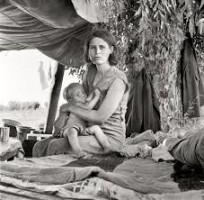
During the Great Depression, Dorothea Lange photographed the unemployed men who wandered the streets. Her photographs of migrant workers were often presented with captions featuring the words of the workers themselves. Lange’s first exhibition, held in 1934, established her reputation as a skilled documentary photographer. In 1940, she received the Guggenheim Fellowship.
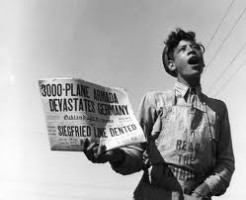
Art and literature were big parts of Lange’s upbringing. Her parents were both strong advocates for her education, and exposure to creative works filled her childhood.
Following high school, Lange, who’d never shown much interest in academics, decided to pursue photography as a profession. She studied the art form at Columbia University, and then, over the next several years, cut her teeth as an apprentice, working for several different photographers, including Arnold Genthe, a leading portrait photographer.
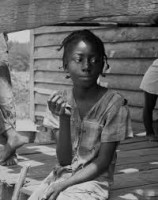 In the late 1920s she became dissatisfied with studio work and experimented with landscape and plant photography, although she found the results unsatisfactory.
In the late 1920s she became dissatisfied with studio work and experimented with landscape and plant photography, although she found the results unsatisfactory.
With the Stock Market crash of 1929 Lange decided to look for subjects outside her studio. Turning to the effects of the economic decline she took photographs such as General Strike, San Francisco (1934; Oakland, CA, Mus.).
She had her first one-woman show at the Brockhurst Studio of Willard Van Dyke in Oakland, CA (1934), and in the same year met the economist Paul Schuster Taylor, under whom she worked for the California State Emergency Relief Administration in 1935.
Later that year she transferred to the Resettlement Administration,
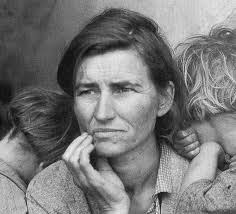 set up to deal with the problem of the migration of agricultural workers.
set up to deal with the problem of the migration of agricultural workers.
One of her most famous photographs from this project is Migrant Mother, Nipomo, California (1936; Washington, DC, Lib. Congr.), which depicts an anxious, distracted mother and three children.
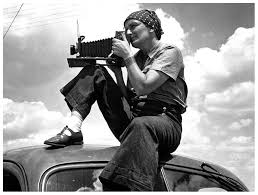
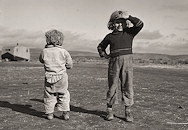
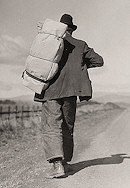
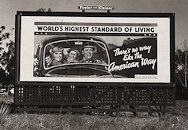


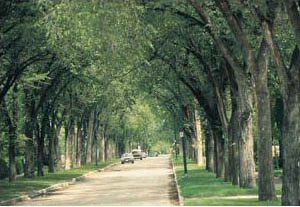

 Hi I’m Catherine, founder of Wine Women And Chocolate. Want to become a contributor for Wine, Women & Chocolate? Interested in sharing your unique perspective to a group of supportive, like-minded women?
Hi I’m Catherine, founder of Wine Women And Chocolate. Want to become a contributor for Wine, Women & Chocolate? Interested in sharing your unique perspective to a group of supportive, like-minded women?